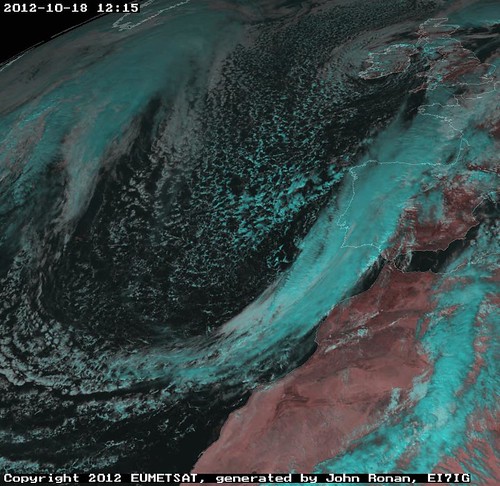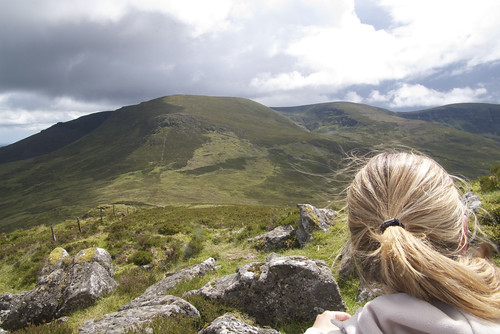Well, we made it to 2013. First up on the radio agenda this year was the January Irish Radio Transmitter Society 80 Meter band Counties Contest.
I hadn’t planned to enter the contest this year, but, the day before, I suddenly found myself with that afternoon free. I was invited along to the QTH of Liam, EI8BLB to operate his station along with EI8JA and EI3JB.
I brought along my roadkill linux laptop with yfktest on it for logging.
Yesterday, I received a card from “Kappy” WA4WTG, for 6Y0A, confirming Jamica as a new one for me (thanks Kappy). Kappy collects stamps so I took a bunch of stamps I had from Christmas cards and other received QSL’s and sent them onto him. In return 6Y0A was the first card I received in 2013.
While recording the card in my log, I was thinking that it would have been useful to have yfktest ‘tick off’ the counties as we worked them in the contest last Tuesday. So I had a quick look at the code.
It turned out to be pretty straightforward, as there was examples there already that I was able to follow, so that change should be in the repository come the summer IRTS 80m Counties Contest.
A very happy new year and wishing you good DX for 2013.




